Response Letter to Severance Offer Template
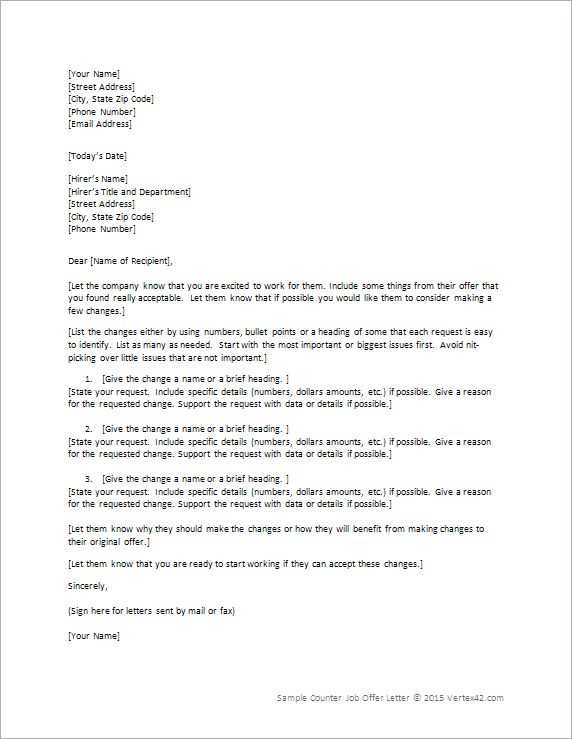
When faced with an official notification regarding job termination, crafting a respectful and thoughtful reply is essential. Your response can have a significant impact on future opportunities and the overall tone of your departure. A well-composed message allows you to express gratitude, seek clarification, or even negotiate for more favorable terms. It’s important to handle the situation with professionalism and clarity.
Whether you accept the conditions or wish to discuss adjustments, knowing the proper structure and language is crucial. The main goal is to communicate effectively while maintaining a respectful tone throughout. Being mindful of the way you address the situation can also protect your interests and ensure that your transition is as smooth as possible.
Understanding how to approach this type of correspondence can make a world of difference. By following a few essential guidelines, you can ensure your message reflects both professionalism and understanding of the circumstances.
How to Respond to a Termination Proposal
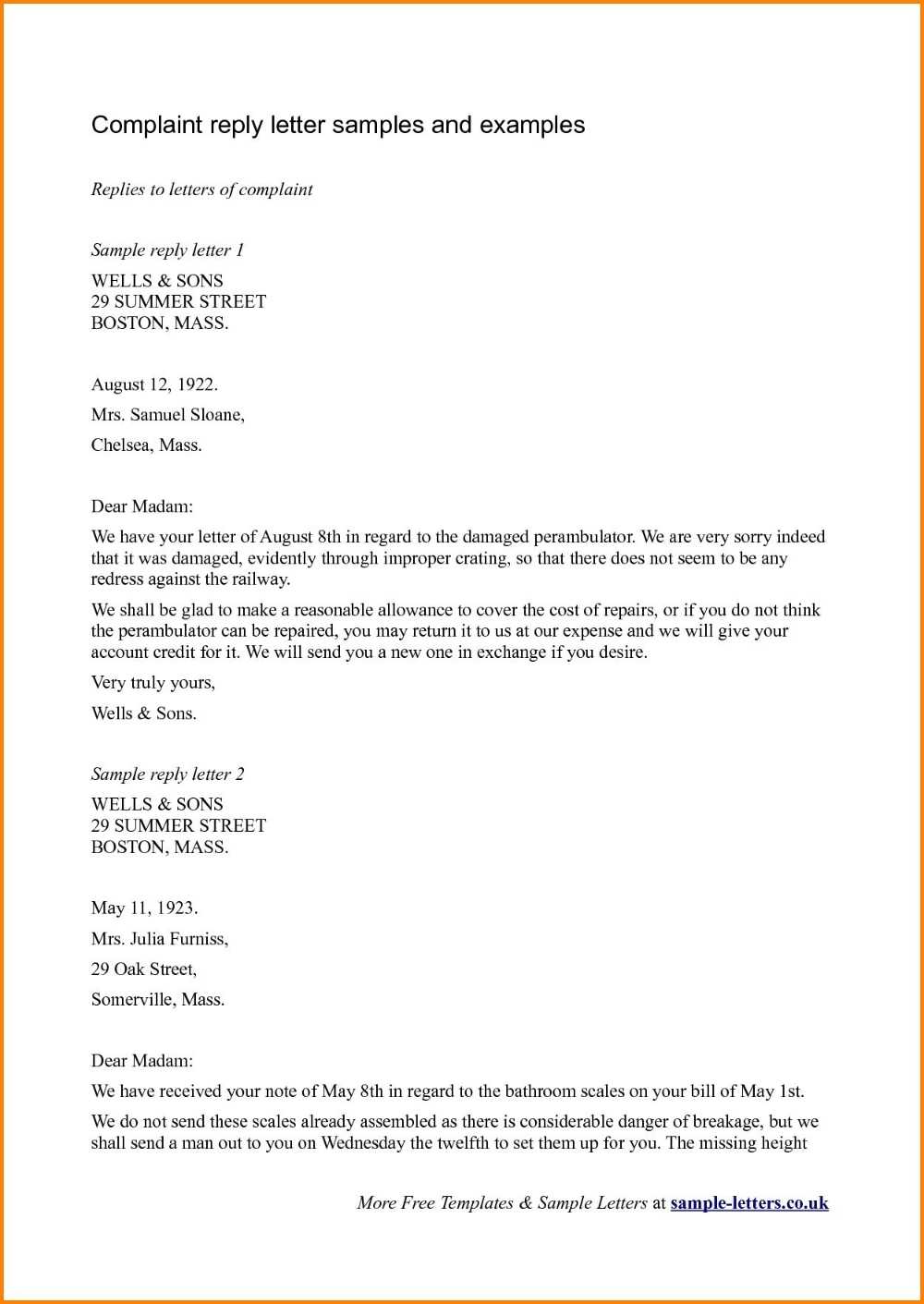
When you receive a formal proposal regarding the end of your employment, it’s important to approach your reply thoughtfully. This is a crucial moment that requires careful consideration to ensure your message is professional and clear. A well-structured response can help you clarify your position, express your concerns, or negotiate terms in a respectful manner.
Start by carefully reviewing the document to fully understand the terms and conditions being presented. Take your time before reacting, and if necessary, consult with a legal advisor to ensure your rights are protected. Your reply should reflect your understanding of the situation, whether you are accepting, seeking adjustments, or requesting further details.
Ensure your tone remains respectful and positive, even if you are dissatisfied with some aspects of the proposal. A polite and composed reply can leave a lasting positive impression, which may be beneficial in the future. Make sure to address any questions or concerns clearly, without sounding confrontational or emotional.
Key Elements of a Response Message
When crafting a reply to a job termination proposal, several key components should be included to ensure clarity and professionalism. Each part of your message serves to either acknowledge the situation, express your stance, or request further discussion. These elements help shape the tone and ensure your intentions are communicated effectively.
1. Acknowledgment of the Proposal
Start by acknowledging the communication you have received. This sets the stage for the rest of your response and shows that you are engaging with the process.
- Thank the employer for their consideration.
- Briefly mention understanding the details provided.
2. Clarity and Position
Clearly state your position, whether you are accepting the proposal, seeking clarification, or requesting modifications. This section should leave no ambiguity about your stance.
- Express whether you agree with the terms.
- Request further explanation if necessary.
- Politely propose changes if you believe adjustments are needed.
By including these essential parts, your reply will be clear, concise, and professional. This ensures that both you and your employer are on the same page moving forward.
Steps to Craft a Professional Reply
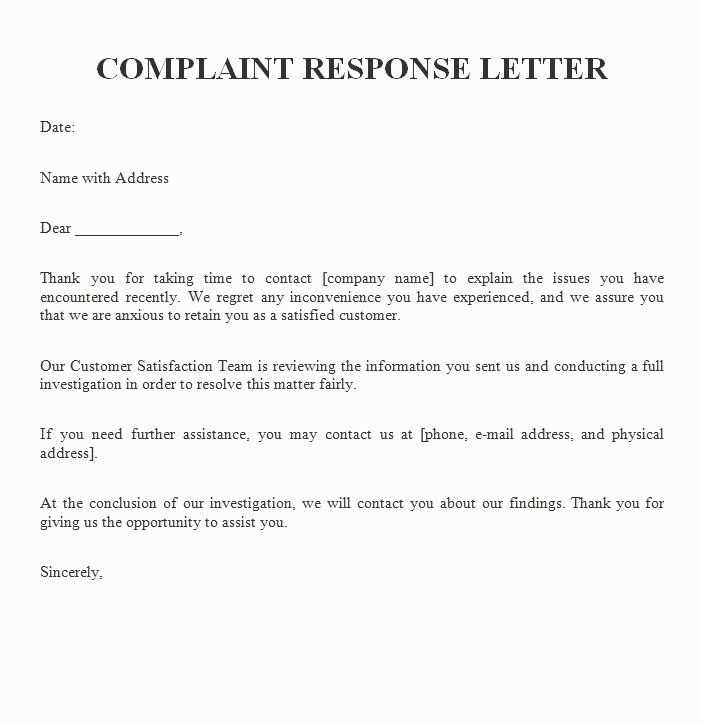
When replying to a formal proposal regarding the end of your employment, it’s essential to follow a systematic approach to ensure that your message is respectful, clear, and professional. Each step helps you create a response that reflects your stance while maintaining a positive tone throughout the communication process.
- Review the Proposal Carefully: Begin by reading the document thoroughly to understand all terms and conditions. This is crucial for making an informed reply.
- Consider Your Position: Decide whether you accept the terms, require adjustments, or need more information before making a decision.
- Draft a Clear and Concise Message: Keep your reply short but to the point, outlining your understanding and position on the proposal.
- Maintain a Respectful Tone: Regardless of your stance, ensure your language remains courteous and professional. Avoid emotional language or confrontation.
- Seek Legal or Professional Advice: If necessary, consult with a legal advisor or HR professional to review the terms and ensure you are making an informed decision.
- Proofread Your Message: Before sending your reply, review it for clarity, grammar, and tone to ensure it communicates your intentions effectively.
Following these steps will ensure that your reply is professional and thoughtful, helping you navigate this challenging situation with confidence and clarity.
What to Include in Your Message
When replying to a formal communication regarding the conclusion of your employment, it’s important to include several essential elements to ensure clarity and professionalism. Each section of your message plays a key role in expressing your position, concerns, and any additional requests you may have. A well-structured reply helps maintain a positive tone while addressing the matter at hand effectively.
1. Acknowledgment of the Communication
Start by acknowledging receipt of the document and expressing appreciation for the opportunity to address the situation. This shows respect for the process and the party involved.
- Thank the employer or organization for the proposal.
- Confirm that you have reviewed and understood the provided information.
2. Your Position and Intentions
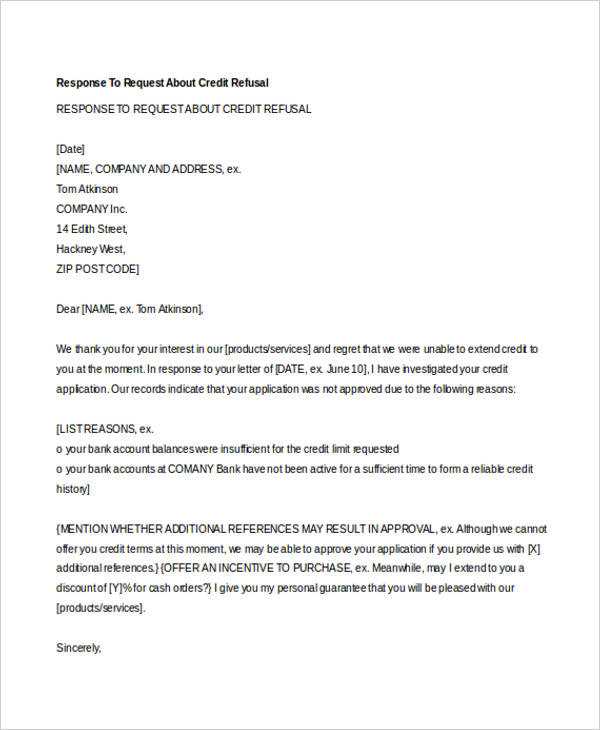
Clearly state your position in response to the proposal. Whether you are accepting the terms, seeking more information, or proposing changes, this section should leave no room for ambiguity.
- Express whether you accept the terms or if you’d like to discuss adjustments.
- State any requests for clarification or further details if needed.
- Politely present any changes or negotiations you may want to pursue.
By including these elements, your reply will be comprehensive and professional, fostering effective communication and ensuring all important points are covered.
Common Mistakes to Avoid in Your Reply
When crafting a reply to a job termination proposal, it is essential to avoid certain common mistakes that can undermine the professionalism of your response. Whether it’s a simple misunderstanding or an emotional reaction, these errors can create confusion or reflect poorly on your character. Being aware of these pitfalls ensures your message remains respectful and constructive.
1. Failing to Review the Terms
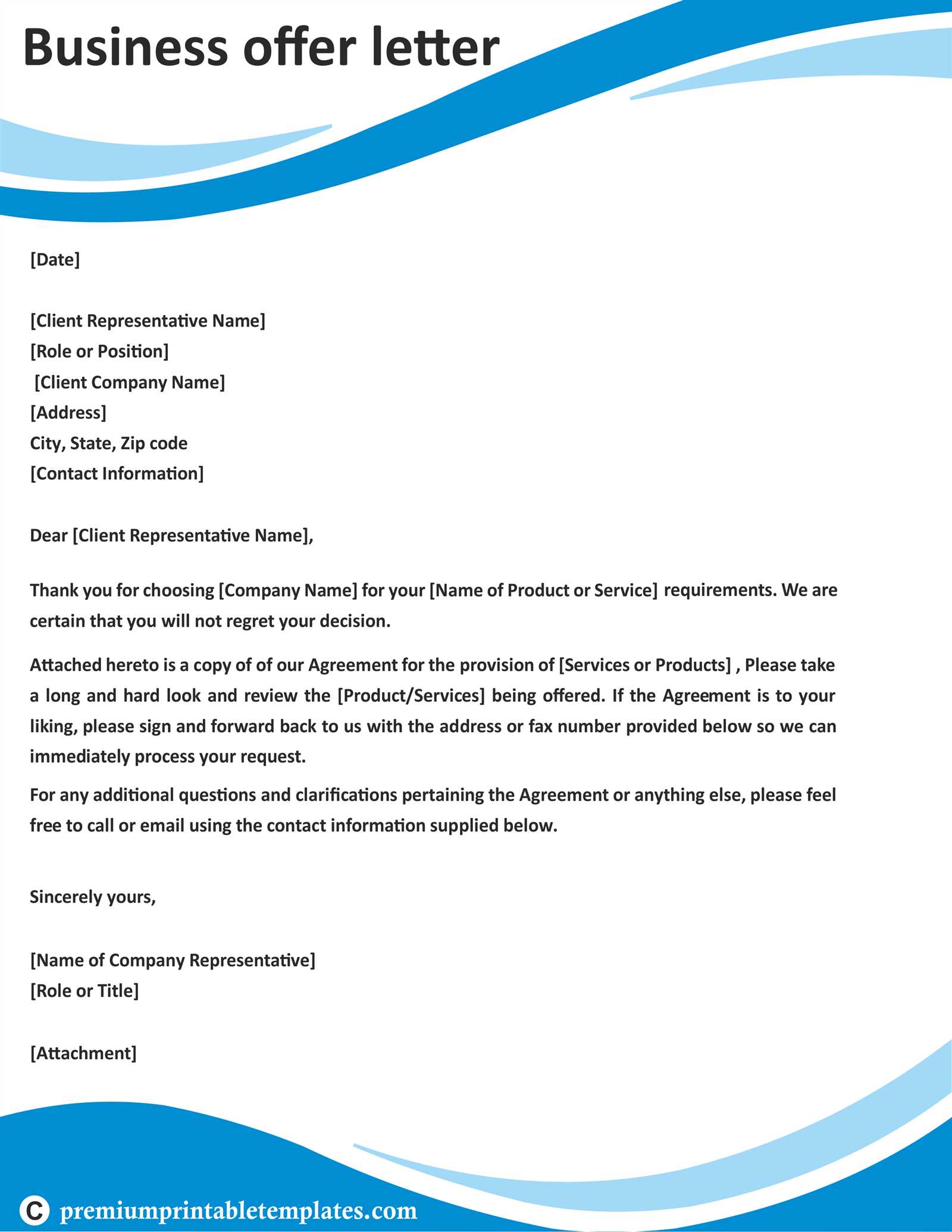
One of the most frequent mistakes is responding without fully understanding the details of the proposal. It’s important to carefully review the document to ensure you know what is being offered and any implications it may have.
| Common Mistake | Impact |
|---|---|
| Not reviewing the details thoroughly | May lead to misunderstandings or missed opportunities for negotiation |
| Rushing to reply without clarity | Could result in an uninformed or hasty decision |
2. Using Negative or Confrontational Language
While you may feel upset or frustrated, it’s important to maintain a positive and professional tone in your message. Negative language or an aggressive approach can damage relationships and make it harder to reach a favorable outcome.
| Common Mistake | Impact |
|---|---|
| Using harsh or hostile language | Could harm your reputation and hinder future opportunities |
| Making emotional comments | May appear unprofessional and reduce your credibility |
By avoiding these mistakes, you can ensure your reply is constructive, professional, and helps facilitate a positive resolution.
Legal Considerations When Responding
When addressing a formal proposal regarding the termination of employment, it’s crucial to understand the legal implications of your reply. Your response may have long-term consequences, so it’s essential to be aware of your rights and obligations before making any decisions. A well-informed reply can protect you from potential legal issues and help ensure that the outcome aligns with your best interests.
1. Know Your Rights
Before replying, familiarize yourself with the relevant laws and regulations that govern your situation. Depending on your location and the nature of your employment contract, certain rights may be protected, such as severance pay, non-compete clauses, or other benefits. Understanding these can help you determine whether the proposal meets legal standards and if any modifications are necessary.
2. Seek Legal Advice
In complex cases, consulting with an attorney or employment law specialist can provide invaluable guidance. They can help you understand the legal nuances of the agreement, ensure your rights are being upheld, and advise you on the best course of action. This is especially important if you feel the terms are unfair or if you’re unsure about the legality of certain aspects of the proposal.
By considering these legal factors, you can navigate the situation with confidence and make well-informed decisions regarding your future.
Tips for Negotiating Severance Terms
Negotiating the terms of an employment separation agreement can be a delicate process, but it’s essential to ensure you are treated fairly and receive what you are entitled to. Effective negotiation requires understanding your rights, staying calm, and strategically approaching the conversation to achieve the best possible outcome. Here are some useful tips to help you navigate this process.
1. Understand Your Rights and Entitlements
Before entering any negotiation, take the time to thoroughly understand your legal rights. Research applicable labor laws in your area, including any benefits or compensation you’re legally entitled to. This knowledge will empower you to negotiate from a position of strength and ensure you are not settling for less than you’re owed.
2. Be Prepared to Counter
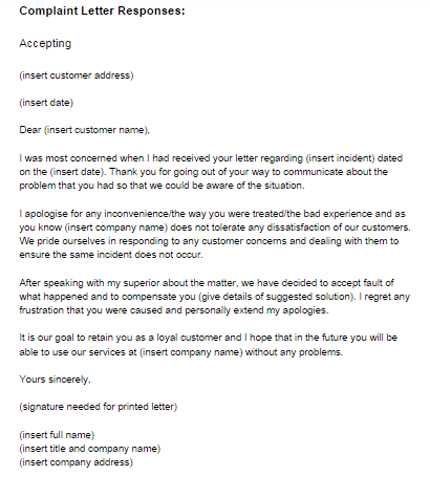
During negotiations, it’s common to receive an initial proposal that may not meet your expectations. Be ready to counter with a reasonable proposal that aligns with your needs and the value of your experience. Presenting clear reasons why your terms are fair will demonstrate that you have thoughtfully considered the situation.
By following these tips, you can improve your chances of securing a favorable outcome while maintaining professionalism throughout the process.